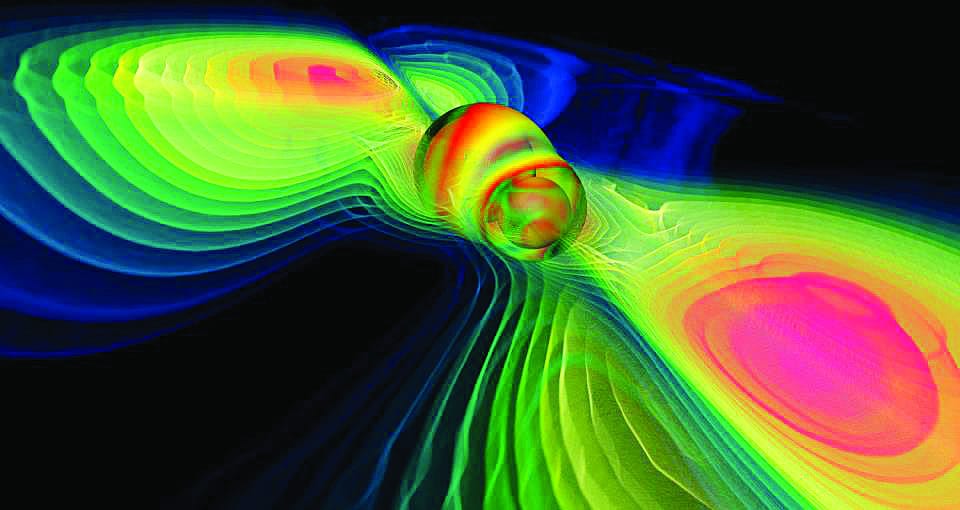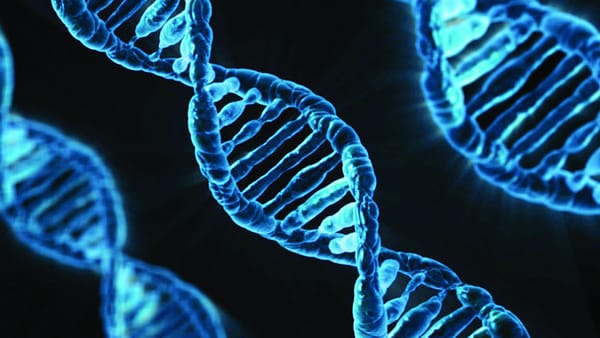Making waves in physics | 2016
Sara Hamilton lists the top nine ground breaking discoveries in the field of nuclear physics and material science in 2016

This week Physics World has announced the winner of its yearly Breakthrough of the year: the Ligo Scientific Collaboration, involving more than 80 institutions worldwide, for “its revolutionary, first-ever direct observations of gravitational waves”. This is the first ever direct evidence of the existence of black holes. Nine other achievements are highly commended, groundbreaking discoveries from nuclear physics to materials science:
- A new illustration of the Schrodinger’s cat paradox (Chen Wang, Robert Schoelkopf and colleagues at Yale University and INRIA Paris-Rocquencourt). They managed to exemplify quantum superposition by representing the cats by a large ensemble of photons and the two boxes by microwave cavities.
- New Gravimeter (University of Glasgow scientists) which can make very precise measurements of the Earth’s gravity with potential applications in mineral exploration, volcano monitoring, and civil engineering.
- Nearest Neighbour (Pale Red Dot collaboration), a rocky exoplanet within the habitable zone of Proxima Centauri and the nearest star of the Solar system. It is about 1.3 times the size of the Earth and could theoretically sustain liquid water on its surface.
- Quantum Entanglement (Chris Balance at Universty of Oxford and Ting Rei Tan at University of Colorado at Boulder), a phenomenon between two different types of ions that could make quantum computers a reality.
- Nuclear Clock (Lars von der Wense, Peter Thirolf at Ludwig Maximilian University of Munich, Helmholtz Institute Mainz, and the Johannes Gutenberg University Mainz), which could be developed from the transition discovered in the element thorium-229. Such a clock would be considerably more stable than current atomic clocks.
- Negative refraction (Cory Dean, Avik Ghosh at Columbia University, University of Virginia, Cornell University, the Japanese National Institute for Materials Science, and Shenyang National Laboratory for Materials science), a property discovered in graphene. This could lead to the creation of revolutionary powerful lenses.
- Mesolens (Gail McConnell, Brad Amos at the University of Strathclyde), a new microscope lens offering a revolutionary combination of large field of view and high resolution.
- Fundamental particle interaction simulations (Rainer Blatt and Peter Zoller of the Institute for Quantum Optics and Information at the University of Innsbruck) on quantum computers, a significant development in the field.
- Single-atom engine (Kilian Singer, Johannes Roßnagel at University of Mainz), a heat engine based on just one atom, able to convert a difference in temperature to mechanical work using a single calcium ion.









